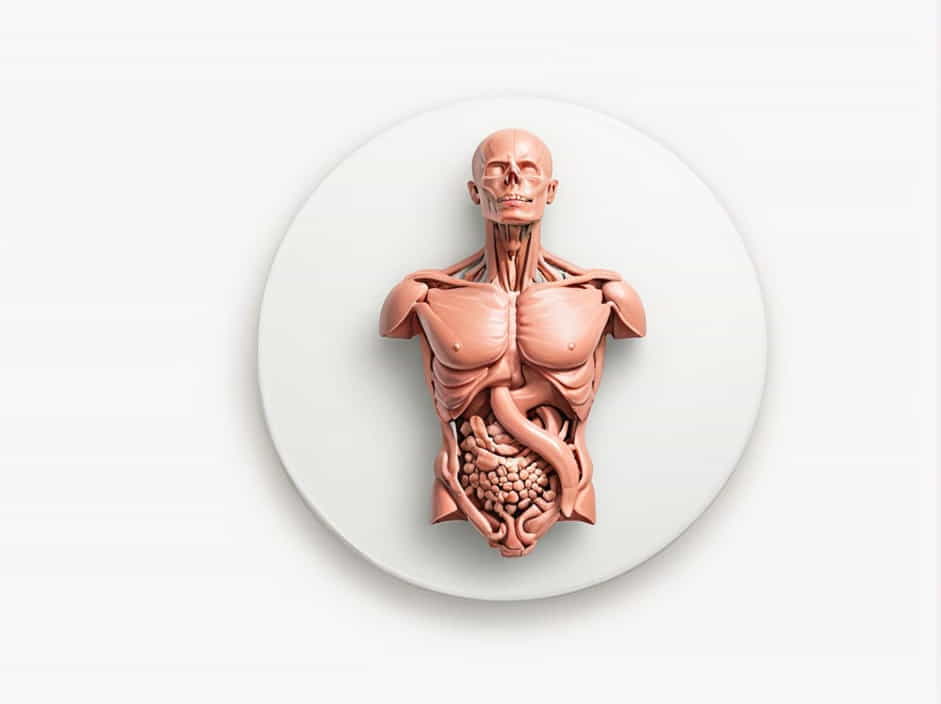The thoracic viscera refer to the vital organs located within the thoracic cavity, also known as the chest cavity. These include the heart, lungs, esophagus, trachea, thymus gland, and major blood vessels. Another commonly used term for thoracic viscera is the intrathoracic organs.
These organs play a crucial role in respiration, circulation, and digestion. Understanding their functions, structure, and importance can help in diagnosing and managing various medical conditions related to the chest cavity.
What Are the Thoracic Viscera?
The thoracic viscera are housed within the rib cage, protected by the sternum, ribs, and thoracic vertebrae. These structures are divided into two main groups:
- Respiratory Organs – Lungs, trachea, and bronchi.
- Circulatory and Digestive Organs – Heart, major blood vessels, esophagus, and thymus.
These organs are crucial for oxygen exchange, blood circulation, and digestion, making the thoracic cavity one of the most vital regions of the body.
Alternative Terms for Thoracic Viscera
Although “thoracic viscera” is the standard anatomical term, some other commonly used terms include:
- Intrathoracic Organs – Refers to all organs within the thoracic cavity.
- Mediastinal Organs – Specifically refers to the structures located in the mediastinum, excluding the lungs.
- Thoracic Organs – A more general term for the organs within the chest.
Each term has a slightly different emphasis depending on the medical or anatomical context.
The Major Organs of the Thoracic Cavity
1. The Heart: The Circulatory Pump
The heart is the most vital organ in the thoracic cavity. It is responsible for pumping blood throughout the body via the circulatory system.
Structure and Location
- Located in the mediastinum, slightly left of the midline.
- Enclosed within a protective sac called the pericardium.
Function
- Pumps oxygenated blood to the body via the aorta.
- Pumps deoxygenated blood to the lungs for gas exchange.
- Maintains blood pressure and circulation.
Related Conditions
- Coronary artery disease (CAD): Blockage of blood flow to the heart.
- Heart failure: Inability of the heart to pump effectively.
2. The Lungs: The Respiratory System
The lungs are the primary organs responsible for gas exchange, allowing oxygen to enter the bloodstream while expelling carbon dioxide.
Structure and Location
- Two lungs, located on either side of the mediastinum.
- The right lung has three lobes, while the left lung has two lobes.
Function
- Facilitates oxygen intake and carbon dioxide removal.
- Works with the diaphragm to assist in breathing.
Related Conditions
- Pneumonia: Infection that inflames air sacs in the lungs.
- Chronic Obstructive Pulmonary Disease (COPD): Progressive lung disease that causes breathing difficulties.
3. The Trachea and Bronchi: Airway Passage
The trachea (windpipe) and bronchi form the passageways that direct air from the nose and mouth to the lungs.
Structure and Location
- The trachea extends from the larynx down to the bronchi.
- The bronchi branch into smaller bronchioles inside the lungs.
Function
- Delivers oxygen-rich air to the lungs.
- Expels carbon dioxide from the body.
Related Conditions
- Bronchitis: Inflammation of the bronchi.
- Asthma: Chronic inflammation causing airway constriction.
4. The Esophagus: A Vital Digestive Organ
The esophagus is a muscular tube that connects the throat (pharynx) to the stomach, allowing the passage of food and liquids.
Structure and Location
- Located behind the trachea, running from the pharynx to the stomach.
- Passes through the diaphragm at the esophageal hiatus.
Function
- Transports swallowed food and liquids to the stomach via peristalsis.
Related Conditions
- Gastroesophageal Reflux Disease (GERD): Acid reflux damaging the esophageal lining.
- Esophageal cancer: Malignant growth affecting the esophagus.
5. The Thymus Gland: Key to Immune Function
The thymus gland plays an essential role in the immune system, particularly in early life.
Structure and Location
- Located in the upper mediastinum, behind the sternum.
- Larger in infants and gradually shrinks after puberty.
Function
- Produces T-lymphocytes (T-cells), which are crucial for immune response.
Related Conditions
- Thymoma: A rare tumor of the thymus gland.
- Autoimmune diseases: Disorders like myasthenia gravis are associated with thymic dysfunction.
Divisions of the Thoracic Cavity
The thoracic cavity is divided into three main parts:
- Mediastinum – The central region housing the heart, esophagus, trachea, thymus, and major blood vessels.
- Right Pleural Cavity – Contains the right lung.
- Left Pleural Cavity – Contains the left lung.
The pleural cavities are lined with a double-layered pleura, which produces fluid to reduce friction during breathing.
Protective Structures of the Thoracic Viscera
The thoracic organs are well-protected by several anatomical structures:
- Rib Cage: Protects the heart and lungs from trauma.
- Sternum: Acts as the front shield of the chest cavity.
- Thoracic Vertebrae: Provide structural support from the back.
- Diaphragm: Separates the thoracic cavity from the abdominal cavity and aids in respiration.
Common Diseases and Disorders of Thoracic Viscera
Several medical conditions can affect the thoracic organs, including:
- Cardiovascular Diseases – Such as heart attack, hypertension, and arrhythmias.
- Respiratory Disorders – Including lung infections, asthma, and COPD.
- Gastrointestinal Conditions – Such as acid reflux and esophageal cancer.
The thoracic viscera, also known as the intrathoracic organs, are vital to breathing, circulation, and digestion. This group of organs includes the heart, lungs, esophagus, trachea, and thymus gland, all housed within the thoracic cavity.
Each of these organs plays a crucial role in maintaining overall health and homeostasis. Understanding their functions, structure, and common disorders can aid in early diagnosis and treatment of various medical conditions affecting the chest cavity.
